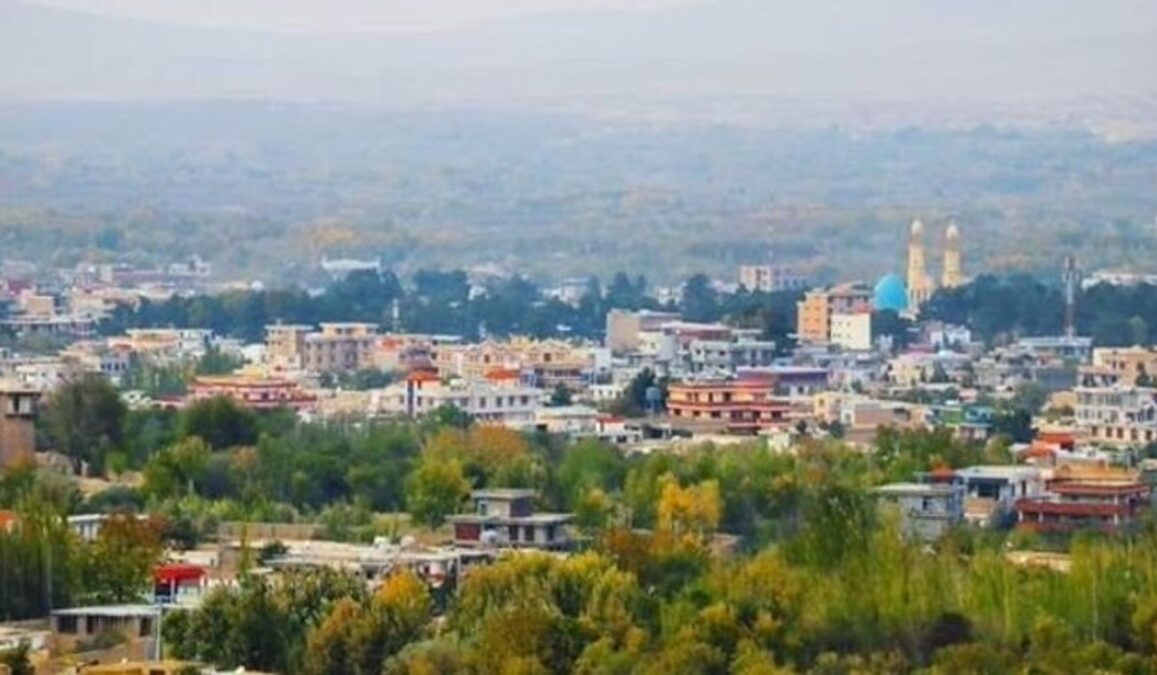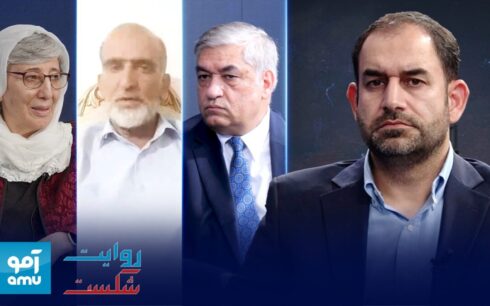On this day, exactly two years ago, August 9, 2021, a pivotal turn of events reshaped the landscape of Afghanistan. Samangan province, nestled in the northern reaches of the country, fell under the sway of the Taliban—a development marking the sixth province to succumb to Taliban control within a matter of days.
Simultaneously, the militant group launched aggressive offensives on multiple fronts. Notably, the city of Pul-e-Khumri, situated at the heart of Baghlan in the north, and the Dehdadi district within the northern Balkh province were both targeted.
In a disconcerting tableau, the western fringes of Kabul witnessed a tumultuous scene as hundreds of internally displaced individuals sought refuge from the escalating hostilities up north. Meanwhile, the presidential palace, a center of authority and decision-making, played host to a series of high-level meetings between the incumbent president and prominent political figures.
Yet, in the midst of these discussions, the looming reality remained obscure: Kabul itself would find itself under Taliban rule a mere six days later.
Within the hallowed halls of the presidential palace, political luminaries convened to deliberate on strategies to navigate the crisis. An insider privy to the discussions divulged that some among these leaders proposed a transformation of the High Council for National Reconciliation into a “Council of Leadership in the Time of Conflict.” It is worth noting that, while this proposition purportedly received President Ghani’s assent, his readiness to assume a symbolic role with diminished authority was less evident.
However, one lingering query emerges: Did former government officials anticipate the swiftness of the downfall?
In the reflective words of Jamshid Rasuli, the former spokesperson of Afghanistan’s highest judicial body, “The rapid fall of Afghanistan in 2021 caught government employees and even senior officials off-guard. It is my belief that undue foreign interference, power-driven political agendas, and the hasty departure of the president from Afghan soil precipitated an unforeseen scenario, ultimately leading to the handover of Afghanistan to the Taliban.”
Former Governor Daud Kalakani of Samangan province further illuminated the situation, disclosing that an internal figure facilitated the Taliban’s occupation of Aybak city, the administrative core of Samangan. Consequently, he asserted, the military council of Samangan made the fateful decision to relinquish the city to the Taliban in a bid to prevent civilian casualties, rather than engaging in futile resistance.
Kalakani recounted, “Our police chief was absent, having departed days earlier. His deputy assumed command. The military council we had assembled opted to refrain from urban combat and instead chose a strategic withdrawal.”
As August 9, 2021, drew to a close, another significant development unfolded. Abdullah Abdullah, at the helm of the High Council for National Reconciliation, embarked on a journey to Doha to participate in a gathering of diplomats from regional and global powers, focused intently on Afghanistan. Speculation abounded that Abdullah would engage with Mullah Baradar of the Taliban, yet this anticipated interaction failed to materialize.





